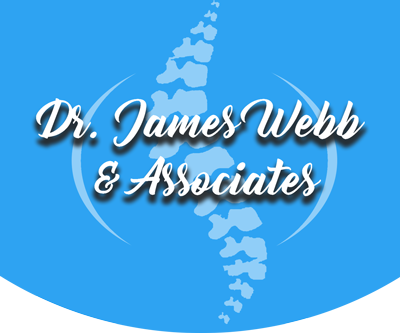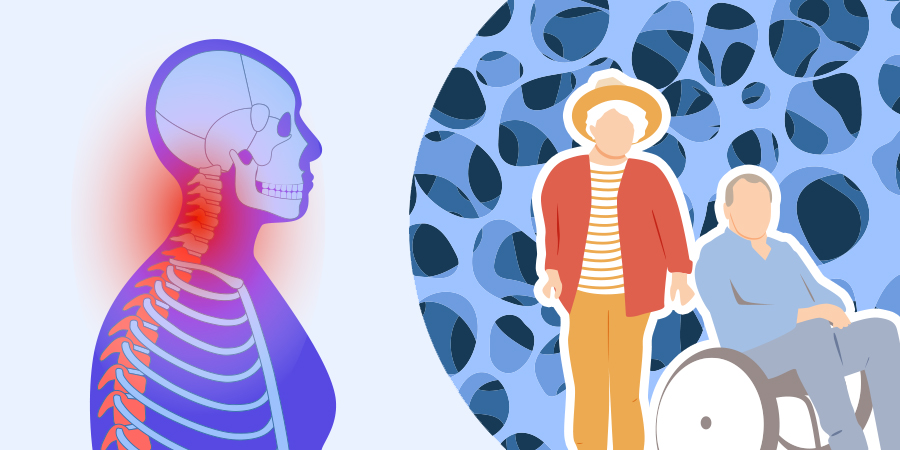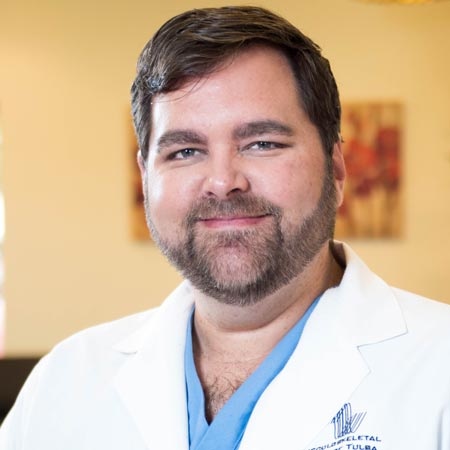Cervical Canal Stenosis
Cervical Canal Stenosis is a condition where the spinal canal in the neck becomes narrowed, putting pressure on the spinal cord and nerves.
This compression can lead to symptoms like neck pain, weakness, numbness, or tingling in the arms and hands.
It is commonly caused by the wear and tear of aging or degenerative changes in the spine.
Treatment may involve physical therapy, medications, or in severe cases, surgery to relieve the pressure on the spinal cord.
https://en.wikipedia.org/wiki/Cervical_spinal_stenosis
Cervical Radiculopathy
Cervical Radiculopathy refers to a condition where a nerve in the neck becomes pinched or irritated, leading to symptoms such as pain, weakness, or numbness that can travel down the arm and into the hand.
This often happens due to compression or inflammation of the nerve root as it exits the spinal column.
Treatment may include rest, physical therapy, medications, or in some cases, surgery to relieve the pressure on the affected nerve.
https://en.wikipedia.org/wiki/Radiculopathy
Cervical Spondylosis
Cervical Spondylosis is a condition commonly known as neck arthritis, where the discs and joints in the neck wear down with age, leading to neck pain and stiffness.
This degeneration can result in bone spurs that may press on nearby nerves, causing symptoms like pain, tingling, or weakness in the neck and arms.
Treatments for cervical spondylosis often include medication, physical therapy, and lifestyle adjustments to manage symptoms and improve mobility.
https://www.ncbi.nlm.nih.gov/books/NBK551557/
Degenerative Disk Disease
Degenerative Disk Disease is a condition where the spongy discs between the vertebrae in the spine start to break down and lose their flexibility over time.
This can lead to symptoms like back or neck pain due to the discs losing their ability to cushion the spine.
Factors like aging, injuries, or wear and tear can contribute to this condition.
Treatments often focus on managing pain, improving mobility, and strengthening the surrounding muscles to support the spine.
https://en.wikipedia.org/wiki/Degenerative_disc_disease
Facet Arthropathy
Facet Arthropathy is a condition where the small joints in the spine, called facet joints, develop arthritis due to wear and tear or degeneration.
This can cause pain and stiffness in the affected area of the spine.
Facet arthropathy often occurs as part of the aging process or due to injury.
Treatment includes pain management strategies, such as physical therapy, medications, and sometimes injections, to help relieve discomfort and improve mobility in the spine.
Facet Syndrome
Facet Syndrome is a condition where the small joints in the spine, known as facet joints, become irritated or inflamed, leading to pain and stiffness in the affected area of the back or neck.
This can result from factors like aging, injuries, or overuse of the spine.
Treatment typically involves managing pain through methods like physical therapy, medications, or injections to reduce inflammation and improve mobility in the spine.
Kyphosis
Kyphosis is a condition characterized by an excessive outward curvature of the spine, causing a rounded or hunched back appearance.
This can lead to a visible rounding of the shoulders and sometimes discomfort or back pain.
Kyphosis can develop due to factors like poor posture, osteoporosis, or abnormal spine development.
Treatment may involve exercises, bracing, or in severe cases, surgery to correct the curvature and improve posture.
https://orthoinfo.aaos.org/en/diseases–conditions/kyphosis-roundback-of-the-spine
Lumbar Canal Stenosis
Lumbar Canal Stenosis is a condition where the spinal canal in the lower back becomes narrowed, putting pressure on the nerves that travel through it.
This compression can result in symptoms like lower back pain, leg pain, weakness, or numbness.
Lumbar canal stenosis often occurs due to age-related changes in the spine, such as bone overgrowth or thickened ligaments.
Treatments may include physical therapy, medications, or in severe cases, surgery to relieve the pressure on the nerves.
https://www.aans.org/en/Patients/Neurosurgical-Conditions-and-Treatments/Lumbar-Spinal-Stenosis
Lumbar Radiculopathy (Sciatica)
Lumbar Radiculopathy, commonly known as Sciatica, refers to pain that radiates along the path of the sciatic nerve, which runs from the lower back through the hips and down each leg.
This condition occurs when the nerve is compressed or irritated, leading to symptoms like shooting pain, numbness, or tingling in the leg or foot.
Causes can vary from herniated discs to bone spurs.
Treatments may include stretching exercises, medications, or in some cases, surgery to alleviate the pressure on the nerve.
https://www.uchealth.com/en/conditions/lumbar-radiculopathy
Lumbosacral Radiculopathy
Lumbosacral Radiculopathy is a condition where a nerve in the lower back (lumbar region) or at the level where the spine meets the pelvis (sacral region) becomes compressed or irritated, leading to pain, numbness, or weakness that can travel down the leg.
This often occurs due to issues like herniated discs or bone spurs.
Treatment may involve physical therapy, medications, or in some cases, surgery to relieve the pressure on the affected nerve and alleviate symptoms.
Lumbosacral Spondylosis
Lumbosacral Spondylosis is a condition where degenerative changes affect the bones, discs, and joints in the lower back (lumbar spine) and the top of the pelvis (sacrum).
These changes, often due to aging, can lead to symptoms like lower back pain, stiffness, and reduced flexibility.
Lumbosacral spondylosis may involve bone spurs or disc degeneration.
Treatment typically includes pain management strategies, physical therapy, and exercises to improve strength and mobility in the lower back and hips.
Sacral Fracture
A Sacral Fracture is a break or crack in the large triangular bone at the base of the spine, known as the sacrum.
This type of fracture can result from trauma, such as a fall or a car accident, or due to osteoporosis weakening the bone.
Symptoms may include lower back pain, difficulty standing, or discomfort while sitting.
Treatment involves rest, pain management, and sometimes physical therapy to aid in recovery and restore mobility.
https://www.ncbi.nlm.nih.gov/pmc/articles/PMC7265089
Thoracic Canal Stenosis
Thoracic Canal Stenosis is a condition where the spinal canal in the mid-back region becomes narrowed, causing pressure on the spinal cord or nerves.
This narrowing can lead to symptoms like pain, weakness, or numbness in the chest, back, or legs.
Thoracic canal stenosis is often caused by conditions like arthritis, herniated discs, or bone spurs.
Treatment options include physical therapy, medications, or surgery in severe cases to relieve the pressure on the spinal cord and alleviate symptoms.
https://pubmed.ncbi.nlm.nih.gov/31041462/
Thoracic Radiculopathy
Thoracic Radiculopathy refers to a condition where nerves in the middle portion of the spine (thoracic region) become irritated or compressed, causing pain, numbness, or tingling that may radiate around the chest or abdomen.
This condition can be due to factors like herniated discs, arthritis, or injury.
Treatment typically involves pain management strategies, physical therapy, and sometimes injections to alleviate discomfort and improve nerve function in the thoracic spine area.
Thoracic Spondylosis
Thoracic Spondylosis is a condition where degenerative changes such as bone spurs and disc degeneration occur in the middle portion of the spine (thoracic region).
This can lead to symptoms like back pain, stiffness, and reduced flexibility in the upper and mid-back area.
Thoracic spondylosis is often associated with aging and wear and tear on the spine.
Treatments typically focus on managing symptoms through pain relief measures, physical therapy, and exercises to improve spinal strength and mobility.
https://pubmed.ncbi.nlm.nih.gov/3587552/
Vertebral Compression Fracture
A Vertebral Compression Fracture is a type of fracture that occurs when the bone in the spine collapses or breaks due to trauma or weakened bones, commonly seen in conditions like osteoporosis.
This fracture can cause sudden back pain, loss of height, and a stooped posture.
Treatment may involve pain management, rest, bracing, and sometimes procedures like vertebroplasty or kyphoplasty to stabilize the fractured vertebra and alleviate discomfort.


